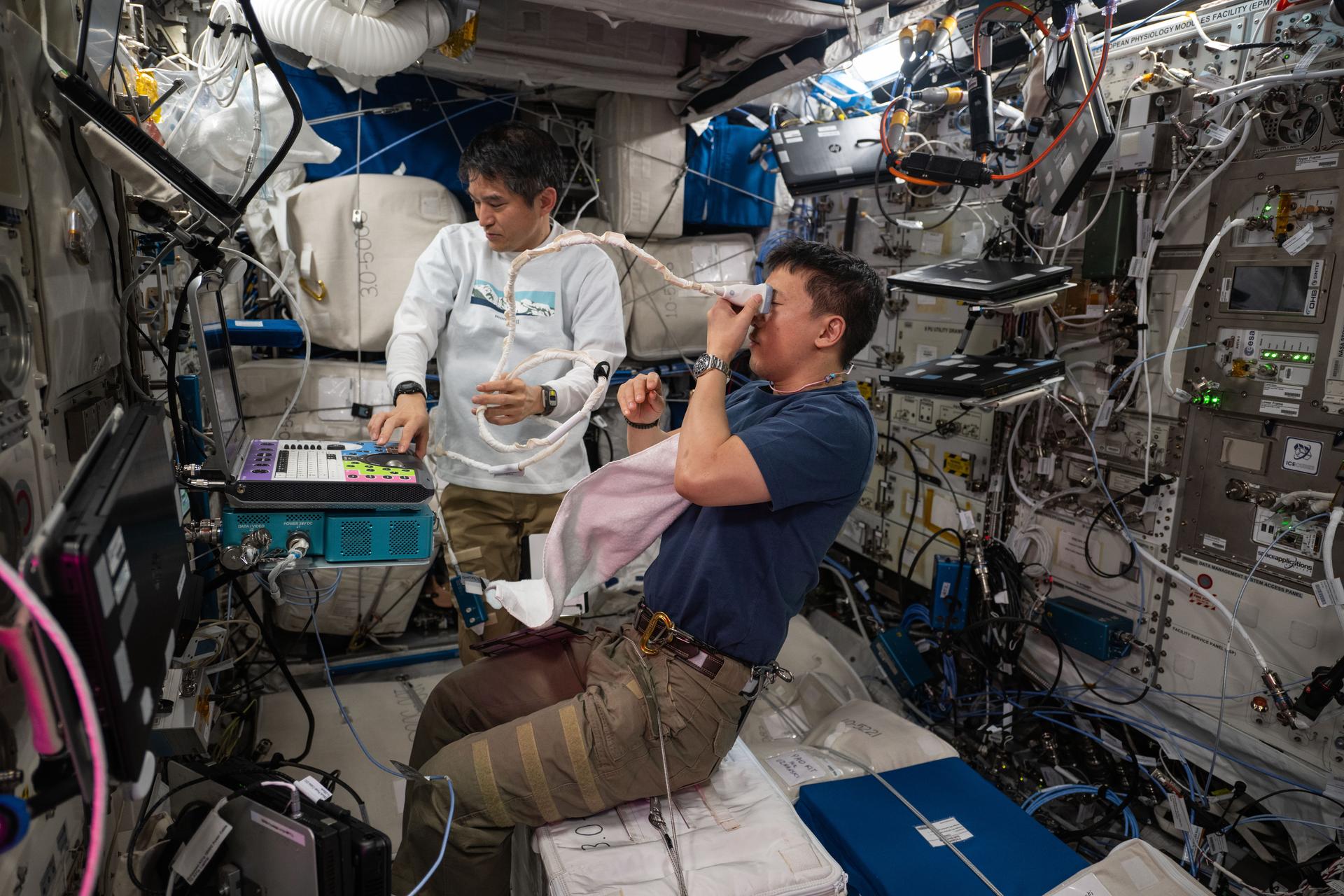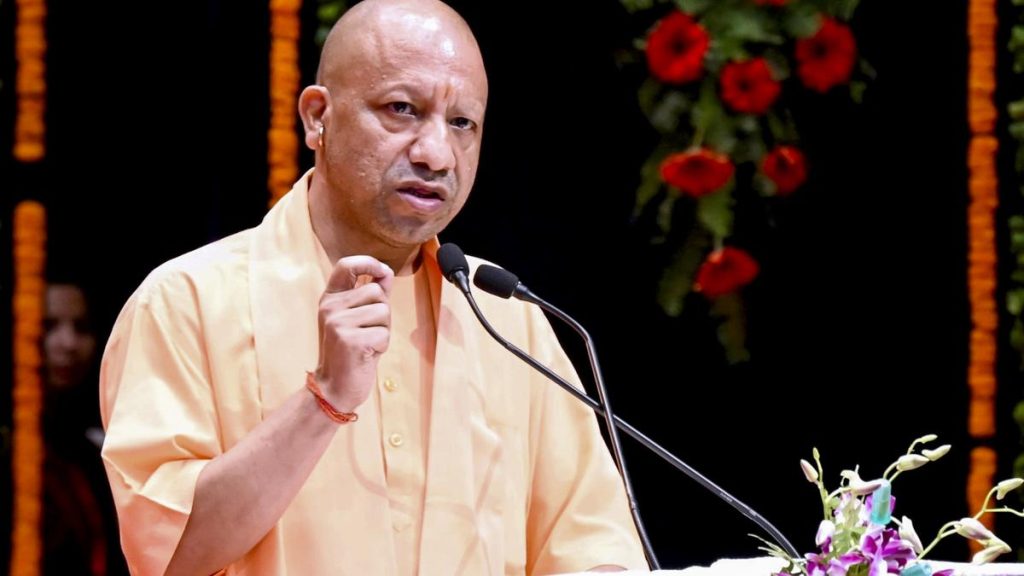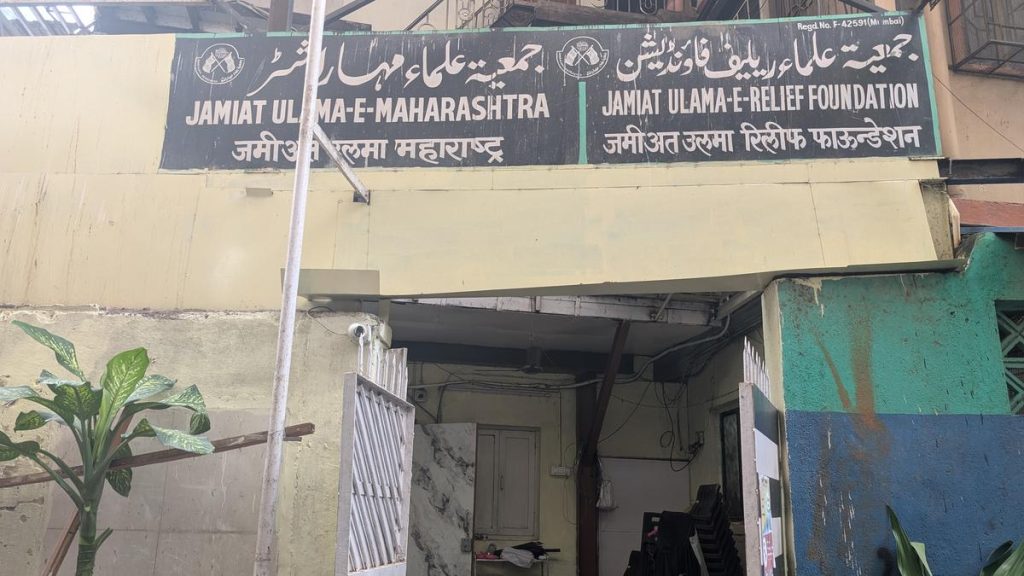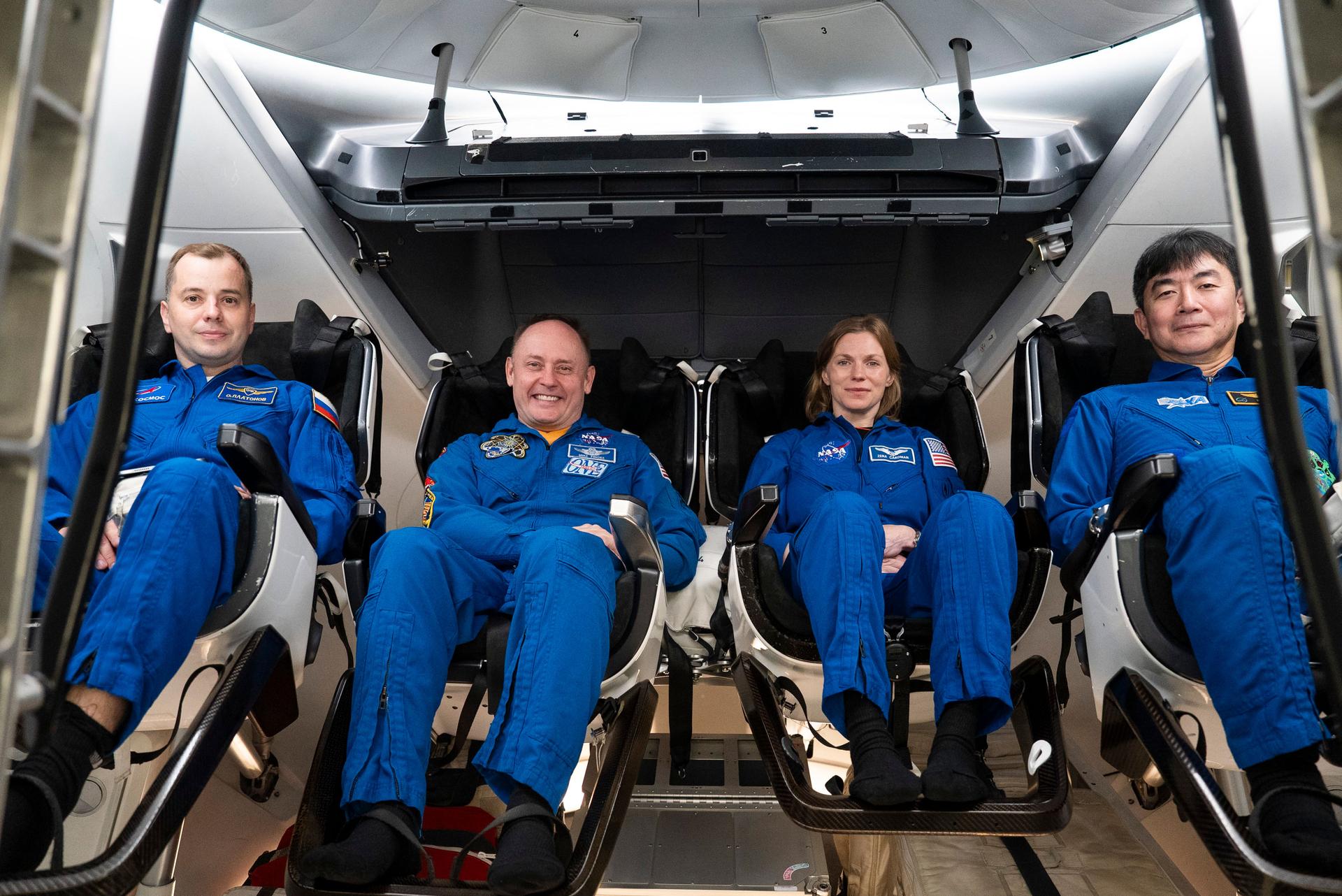Now Reading: How Space Missions Impact Vision: Insights from the ISS
-
01
How Space Missions Impact Vision: Insights from the ISS
How Space Missions Impact Vision: Insights from the ISS

Rapid Summary
- astronauts spending extended periods aboard the International Space Station have reported vision changes, requiring stronger reading glasses, due to a condition identified as Space-Associated Neuro-Ocular Syndrome (SANS).
- Microgravity-induced fluid shifts toward the head are suspected to contribute to SANS,causing optic disc swelling and eye flattening.
- Current research includes:
– Thigh Cuff Inquiry: Exploring whether tight leg cuffs can counteract fluid shifts and mitigate SANS.
– Fluid Shifts Study (2015-2020): Found altered blood drainage from the brain in microgravity and linked increased brain fluid pressure with SANS development.
– Emerging technologies like virtual reality displays are being explored for noninvasive diagnosis of SANS during spaceflight.
– Measurement techniques such as optic nerve sheath diameter show promise in identifying vision changes during missions.
- Research on an individual astronaut suggested B vitamin supplementation and lower carbon dioxide levels could improve symptoms, though more studies are needed for causal confirmation.
- Optical tissue stiffness reduction due to long-duration spaceflight has been investigated as another contributor to SANS by CSA’s Optical Coherence Tomography-based study (“SANSORI”).
- The Japanese MHU-8 study examined gene expression changes in mice post-spaceflight; findings suggest artificial gravity could reduce retinal damage and serve as a preventive measure.
Useful implications from these investigations could address similar health conditions experienced on Earth involving prolonged bed rest or diseases causing upper-body fluid buildup.
Indian Opinion Analysis
The research around Space-Associated Neuro-Ocular Syndrome highlights critical challenges posed by long-term space exploration missions. For India-an emerging player in space exploration through ISRO’s aspiring human spaceflight programme “Gaganyaan”-such findings underline the importance of preparing astronauts not only for physical endurance but also mitigating potential ocular conditions. Incorporating protective measures like artificial gravity or simple devices such as thigh cuffs into training regimens could prove invaluable.
Additionally,these studies bridge practical applications between outer-space medicine and terrestrial healthcare solutions. They present opportunities for Indian biomedical researchers to explore innovative therapies addressing ailments caused by prolonged immobility or cerebrospinal fluid irregularities-a growing concern among India’s aging population. Leveraging international collaborations while contributing its expertise may enable India’s scientific community to advance global solutions both on Earth and beyond.
























